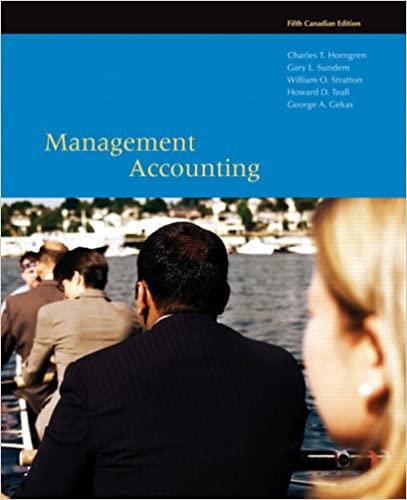Question
An entity (Seller) sells a piece of land to an unrelated entity (Buyer) for cash of $2 million. Immediately before the transaction, the land has
An entity (Seller) sells a piece of land to an unrelated entity (Buyer) for cash of $2 million. Immediately before the transaction, the land has a carrying amount of $1 million. At the same time, Seller enters into a contract with Buyer for the right to use the land for 10 years (the leaseback), with annual payments of $120,000 payable in arrears. The terms and conditions of the transaction are such that Buyer obtains substantially all the remaining benefits of the land on the basis of the combination of the cash flows it will receive from Seller during the leaseback and the benefits that will be derived from the land at the end of the lease term. In determining that a sale occurs at commencement of the leaseback, Seller considers that, at that date, all of the following apply: a. Seller has a present right to payment of the sales price of $2 million. b. Buyer obtains legal title to the land. c. Buyer has the significant risks and rewards of ownership of the land because, for example, Buyer has the ability to sell the land if the property value increases and also must absorb any losses, realized or unrealized, if the property value declines. d. The observable fair value of the land at the date of sale is $1.4 million. e. The lease portion of the transaction would be classified as an operating lease. f. Seller's incremental borrowing rate is 6 percent. Lessor's implicit rate is 6 percent. Required: Review ASC 842-40-25-1 to 30-6 and reach on opinion as to how the Lessee and Lessor should account for the transaction.
Step by Step Solution
There are 3 Steps involved in it
Step: 1

Get Instant Access to Expert-Tailored Solutions
See step-by-step solutions with expert insights and AI powered tools for academic success
Step: 2

Step: 3

Ace Your Homework with AI
Get the answers you need in no time with our AI-driven, step-by-step assistance
Get Started


